Omaha’s location firmly in the center of the country, landlocked and far from the cultural hotspots on either coast, has earned it a reputation as lacking many of the same opportunities for immersion in the arts that can be found in places like New York, Los Angeles, or Washington, D.C. However, such an outlook neglects some of excellent, and truly distinctive, institutions and organizations in our community that work hard to make engagement with cultural highlights and touchstones accessible to everyone.
One such institution is the Joslyn Art Museum, which recently completed a two-year renovation and construction project that resulted in a brand new wing and updates to many other parts of the existing structure. The Joslyn is free to the public, so there’s no excuse for members of the Omaha community to miss out on visiting this beautiful structure and seeing a wide range of incredible art that has been thoughtfully curated by a staff that is led by Dr. Taylor Acosta, the Joslyn’s Chief Curator and Director of Collections. We were fortunate enough to have a guided tour with Dr. Acosta, who spoke knowledgeably and passionately about many of the unique holdings featured at the museum.
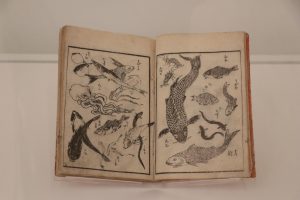
The primary purpose of our visit was to learn more about the Japanese print exhibit, and especially to hear Dr. Acosta’s insight into the sketchbook of Hokusai that is on display alongside one of his most famous prints, The Great Wave, that many viewers will recognize from the ubiquitous reprints found in dorm rooms across the world. Later in the article our resident artist, TG Su, goes into greater detail on Hokusai’s sketches, but during our visit we were fascinated to hear about the steps that go into preserving such a fragile object (which is behind glass and remains propped open to a single page), as well as how Hokusai saw it as his responsibility to make artistic creation accessible to anyone who was interested in following in his footsteps as an artist.
This display at the Joslyn, which also includes a wide number of prints from other Japanese artists spanning several centuries, will remain open through most of the summer, so an excellent idea for beating the heat in July or August is heading down to our local art museum and taking in some of the world’s most amazing artwork from inside the cool, and free, confines of the Joslyn.
For those of us who visited on a rainy day in late April, there was so much to see, including the Japanese print exhibit, but also as Dr. Acosta guided us through newly organized exhibits of indigenous and contemporary art, as well as some long-serving favorites that have been reconsidered during the time that the museum was closed to the public. What follows is a brief overview of some of the highlights from Verbatim staff, along with more insight from TG about Hokusai’s sketchbook, including a review of a recently published edition of his drawing manual.
Tanya: I really enjoyed seeing some aspects of Hinduism at the Joslyn. There were some small statues of Hindu gods, which I could familiarize in my home. I also enjoyed the European art.
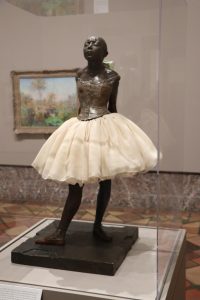
Jana: I loved seeing all of the old art in the Joslyn; I think that it’s really noble that they have it open for free for the community. The Japanese print gallery was extremely beautiful, and I loved learning more about the print-making process and the different inks that they used. I also liked learning about how the prints had to be put on display for only a few months at a time before being put away to rest. I think art restoration in general is a really cool field. Before we saw the Japanese prints, we had a few moments to explore the rest of the galleries, including the art deco courtyard and fountain, which was breathtaking. The art deco style is an incredibly underappreciated American architectural style, and it was really cool seeing aspects of it in Omaha. The Impressionism gallery in the Joslyn is also wonderful; the Degas ballerina was very cool to see in person. I thoroughly enjoyed our visit to the Joslyn, and I hope to be back soon.
Violet noted that the new space was vast and open with a lot of natural light. She relayed a lot of information she learned about the exhibit, noting that it could only be up for a short period of time before the sketchbook had to be put back in storage. Other than the section on Hokusai, she enjoyed seeing their exhibit on Native art, which included a painted bison hide and a piece that showed Native leaders from the Great Plains. She was pleasantly surprised to see some original works from Claude Monet, specifically a bronze ballerina statue (which she was told had the skirt replaced 4 times).
TG: Unfortunately, I was unable to make it to the trip to the Joslyn. However, I was able to do some personal studies from Hokusai’s Method, a translated collection of pages from Hokusai’s sketchbook. Translated by Lis-Britt Dalkarl, the book provides scanned pages of the sketchbook and a brief description of the context and the unique aspects of the technique demonstrated. It was really valuable to me because the exhibition at the Joslyn can only be up for a limited amount of time given the delicate nature of Hokusai’s sketchbook: the pages displayed were not chosen but were what the book would open to naturally, due to the binding of the book being fragile. Violet recounts thats only 10-20% of the art that the Joslyn owns is on display because of similar reasons of lightfastness and delicate materials. Once on display, their exhibitions can only exist for so long before the pieces must be stored away for an extended period amount of time for preservation purposes. As a newer publication, Hokusai’s Method is a book that I hope will become a useful source for others as accessible documentation of a substantial artist. Published collections of artists’ works like this serve a critical role in the preservation of art history, and I hope to see more of them as time renders historical works more delicate and difficult for museums to display and keep safe in doing so.
I have been to the Joslyn a few times, but only once after the finished renovations. That being said, my knowledge of Hokusai’s works was extremely baseline: I knew of The Great Wave, and that was about as far as my awareness of his career went. Generally, my inspiration comes from western art–namely the baroque, renaissance, romantic, and art nouveau movements in Europe – making this somewhat daunting seeing as I was unfamiliar with Eastern Asian arts.
To start, I learned how he sketched. Hokusai’s Method provides its first section on Simplified Drawing. Immediately, I found a change from what I was used to. His technique used an overtly geometric style, where his use of basic shapes to capture the silhouette of the subject and coloring in spots of negative space to carve out the form was something completely new to me.


(Note: While I practiced off of his work, I used my own photos as reference.)
I only went off of his illustrations of animals for several reasons. For one, he had an abundance of them in this first section, if not being the majority. Next, this technique was already unfamiliar to me, and having to switch gears from my regular way of drawing people was too out of my comfort zone. Additionally, I just generally have a lot of trouble drawing animals (with the exception of waterfowl) and this was a great opportunity to learn.


When starting a drawing, I used a light teal highlighter to map out the shapes, and then a darker red to do the final lines. When I got comfortable, I switched to a black brush pen. Again, this was a newer experience for me. Controlling line weight in one stroke was a little intimidating but I came around to it.


Hokusai’s method for smaller, rounder birds helped me a lot, as these types of birds are usually exceedingly difficult for me to depict. Another factor that I improved on was having an eye for what details to include and what would be a crucial detail to help convey the form of the subject. Because there’s only one color of pen being used, detail work is a learning curve because of the simplicity of the forms and line work.








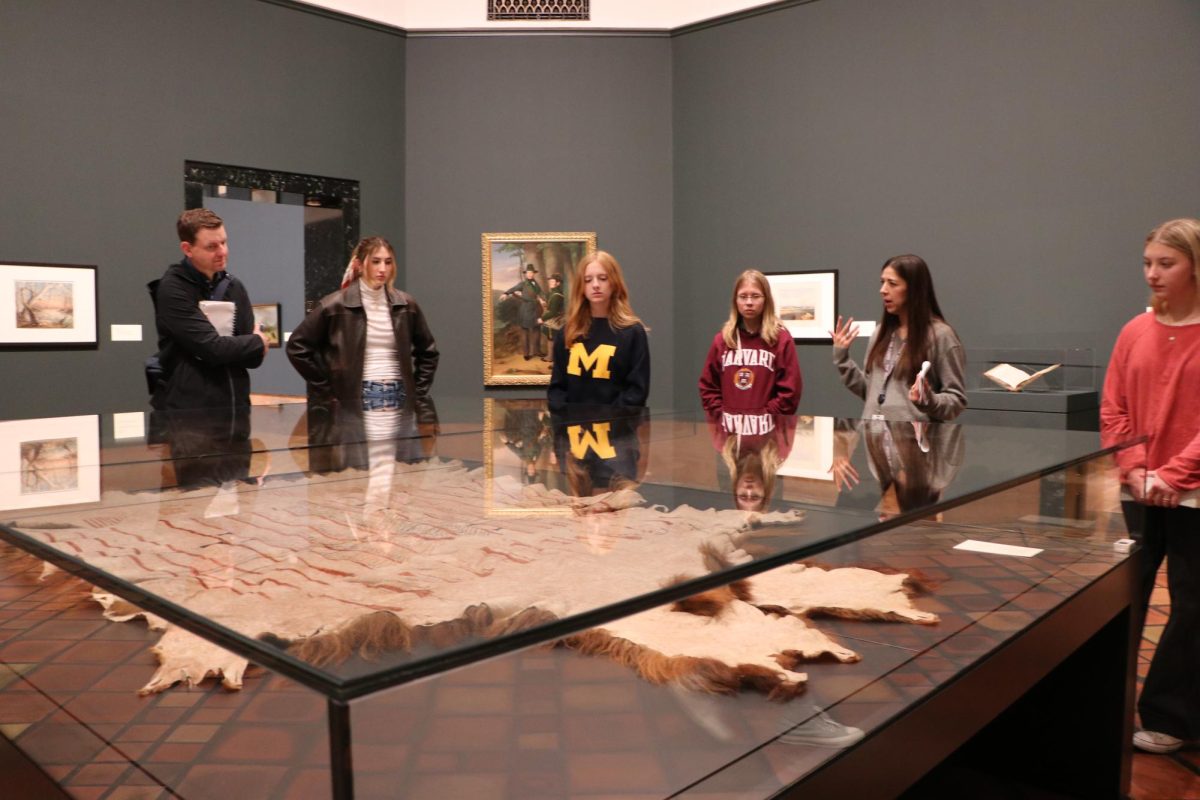
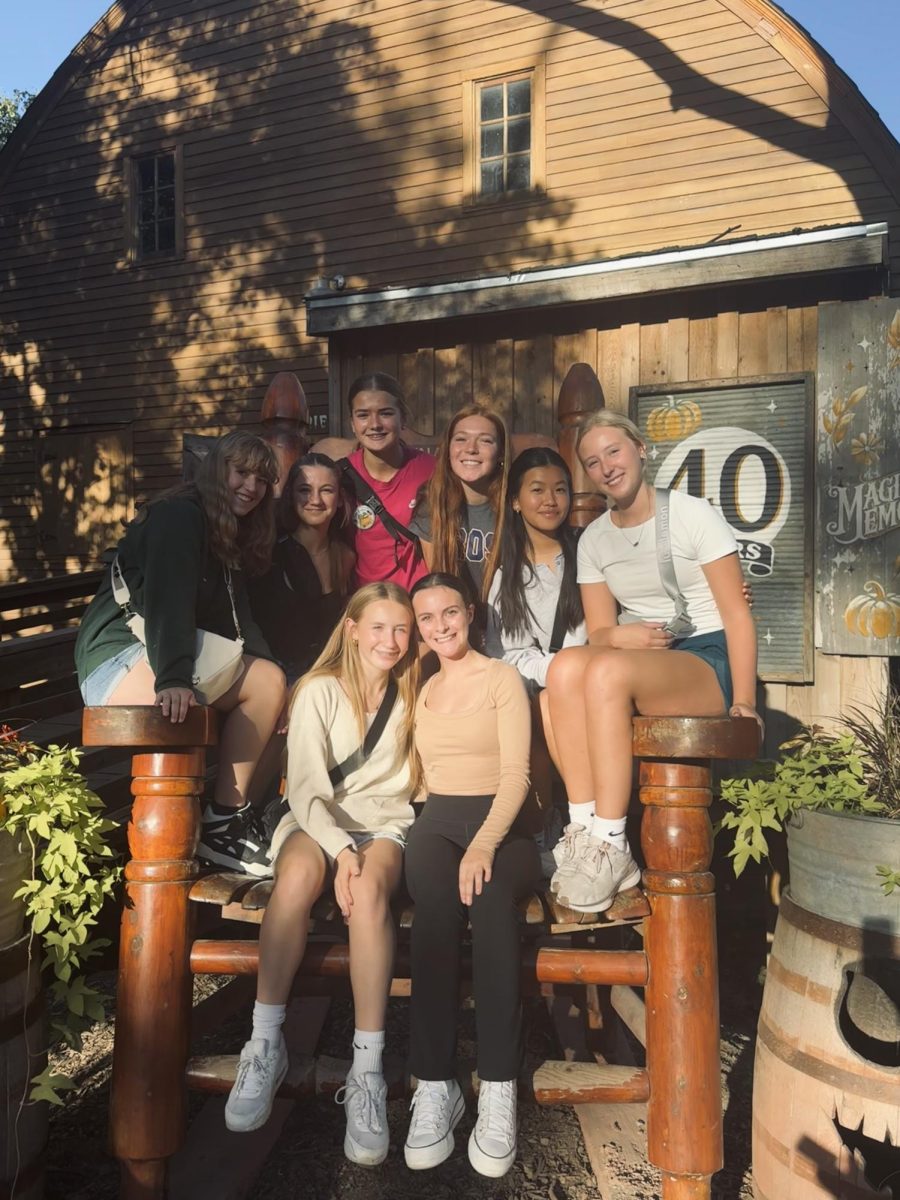




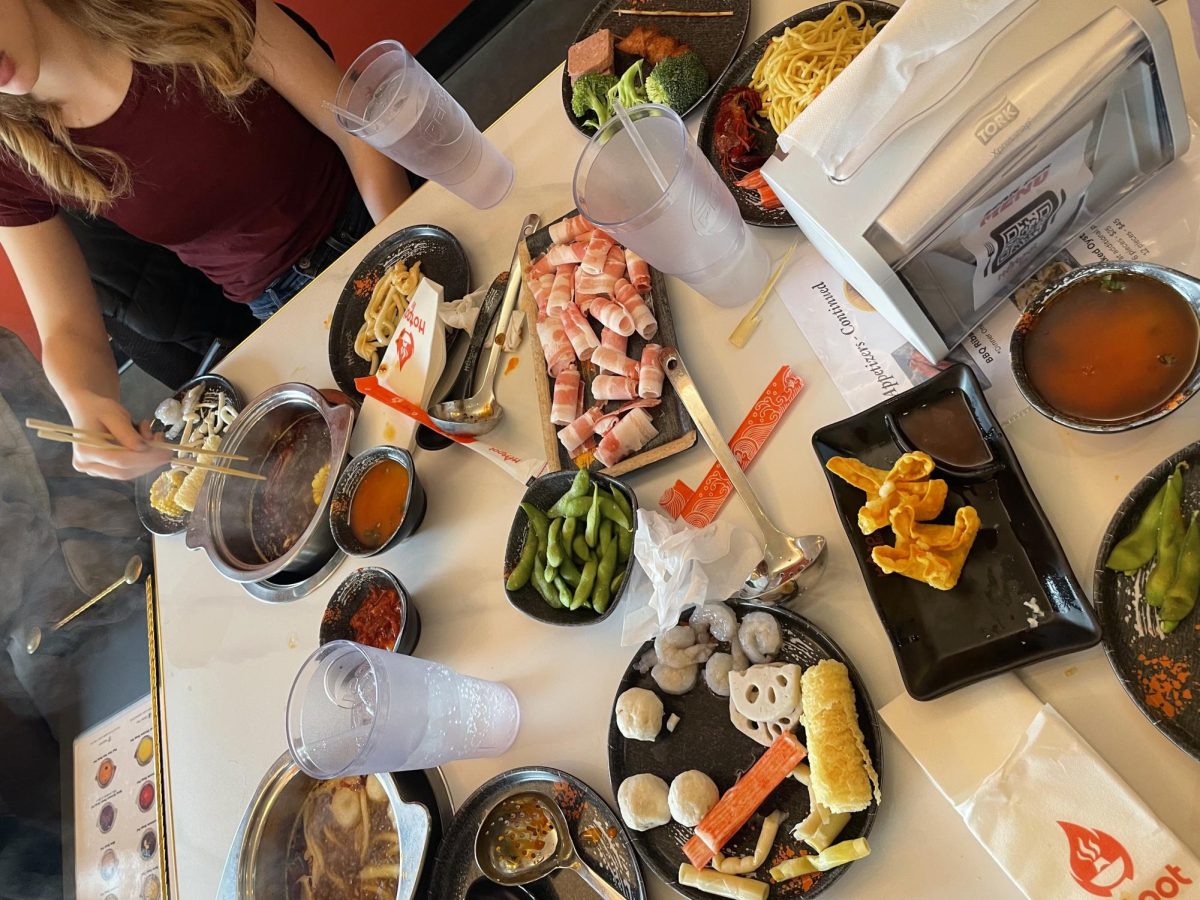
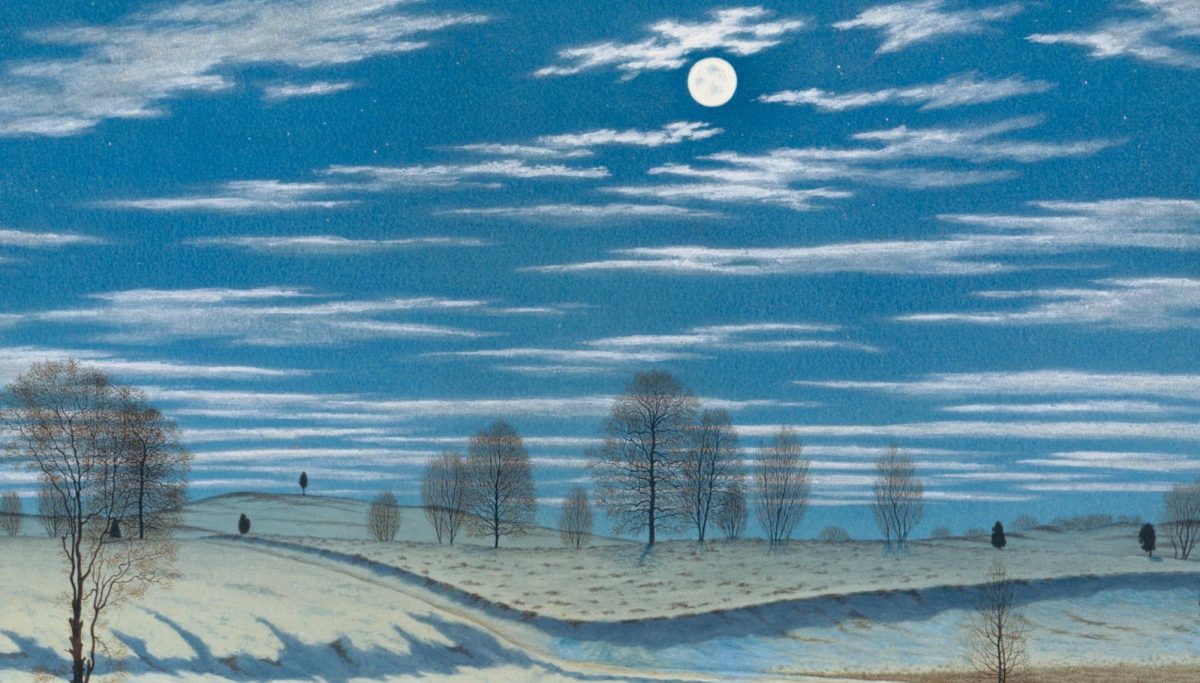

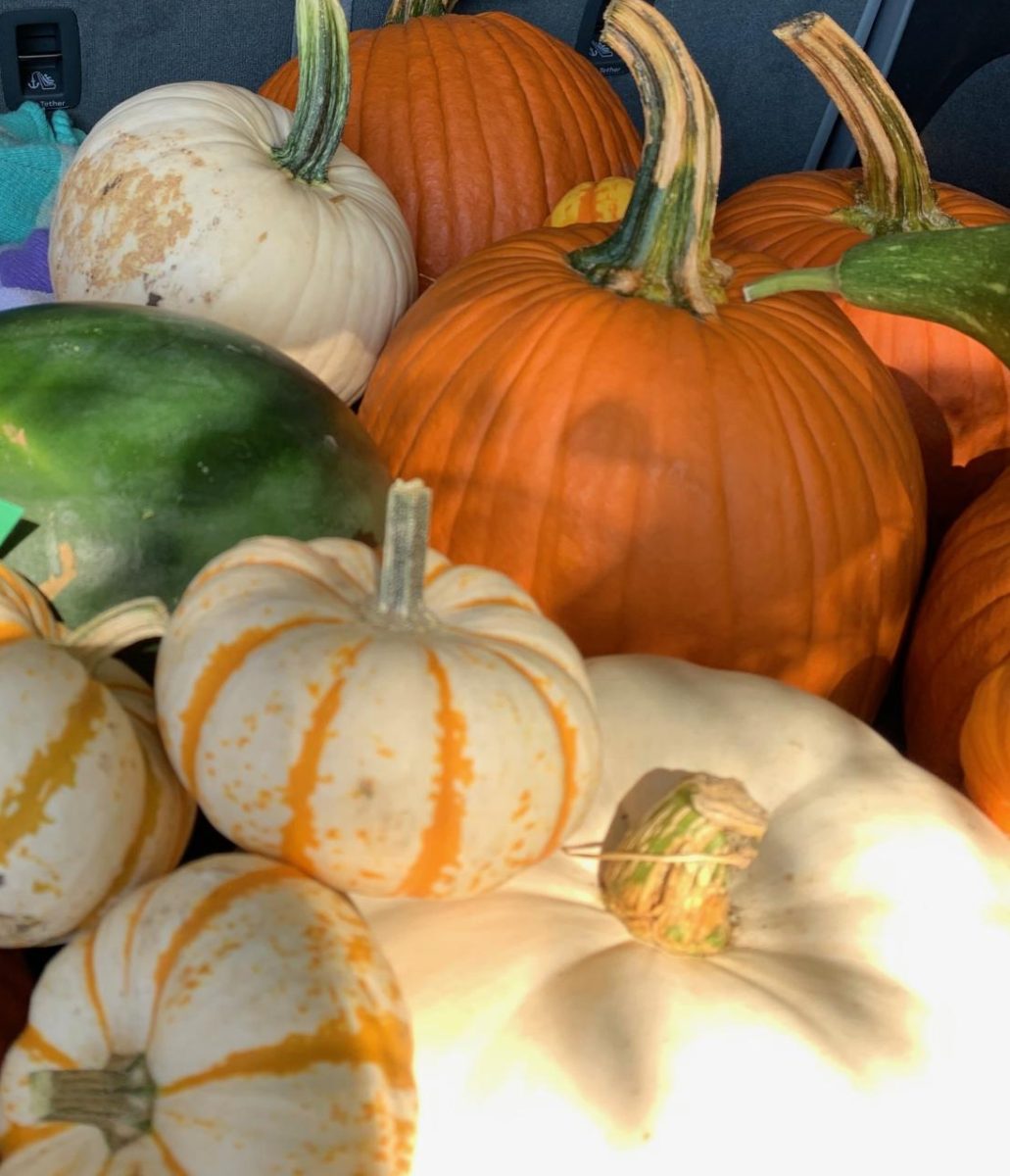
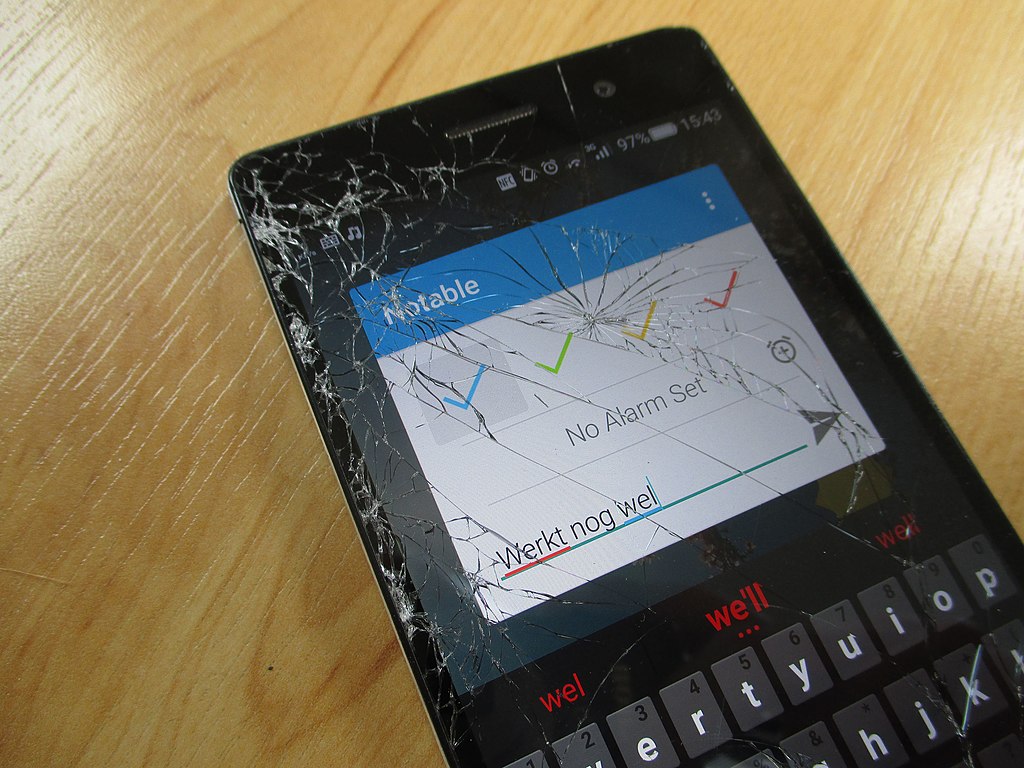

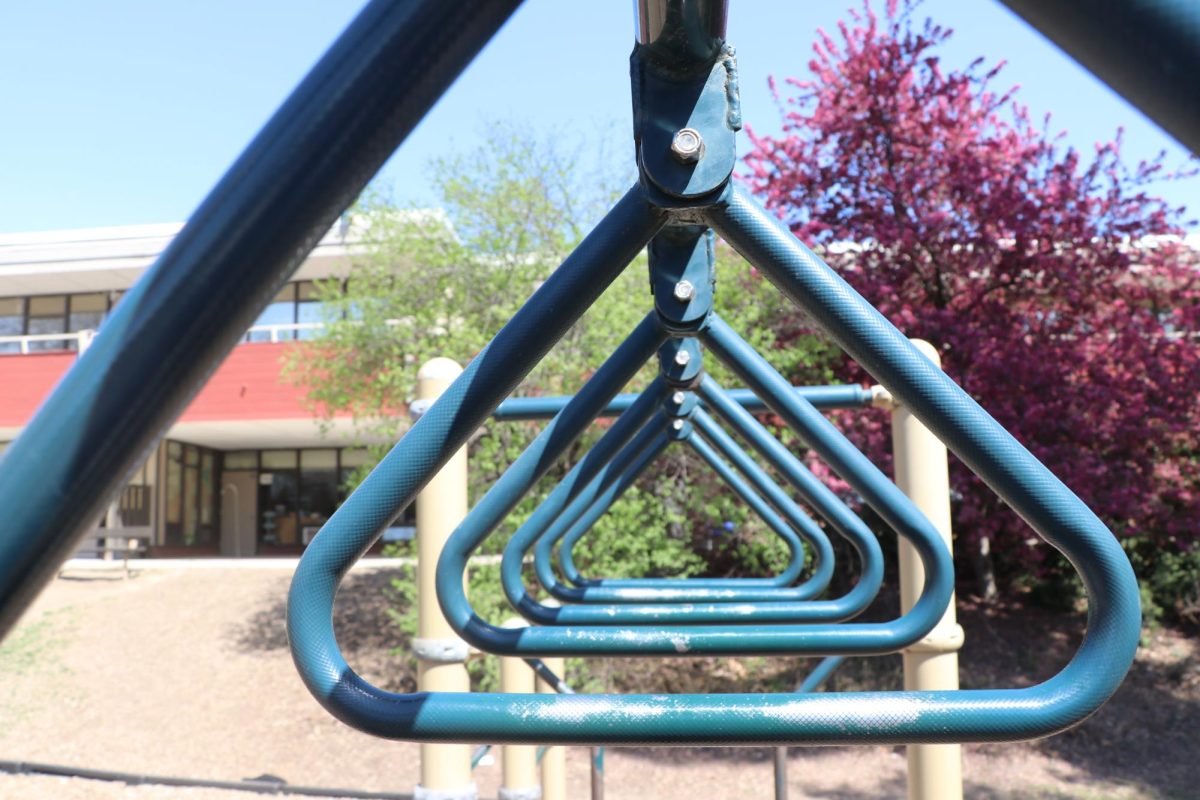
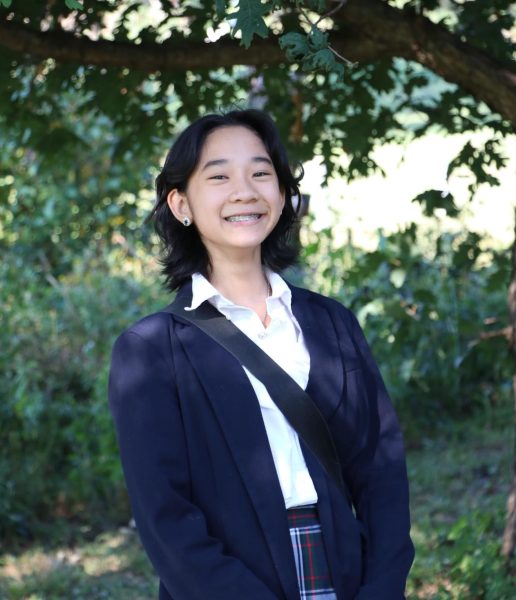
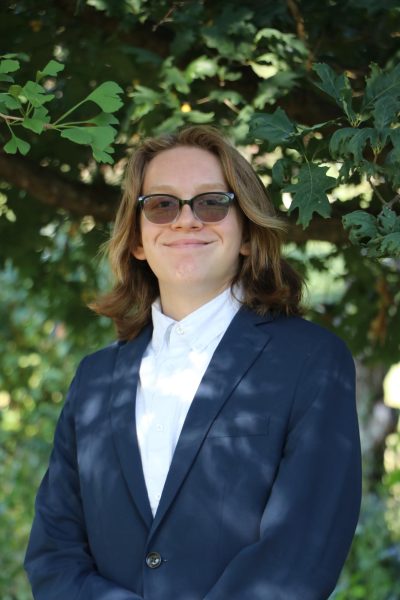
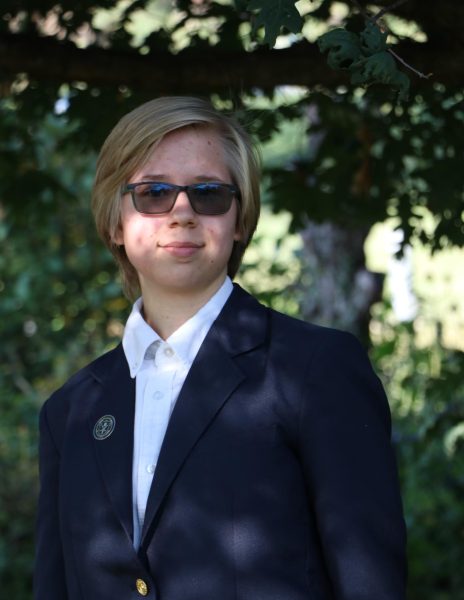
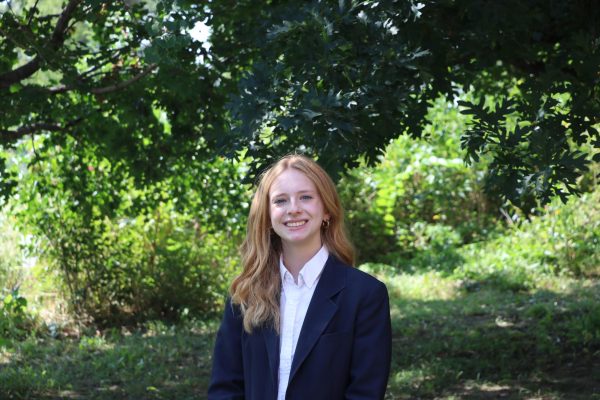
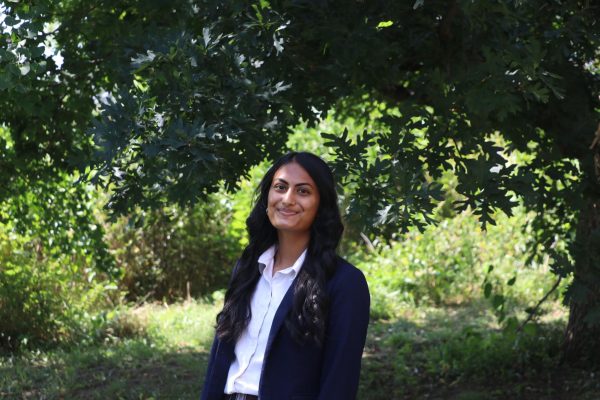
Andy Koehler • May 21, 2025 at 3:51 pm
Thank you for this. I particularly liked the reflections of the application of Hokusai’s method. The archival procedures were fascinating too, but I have an interest in curation and preservation.